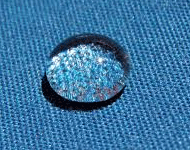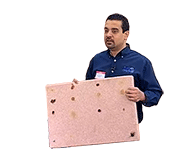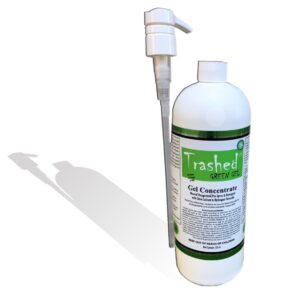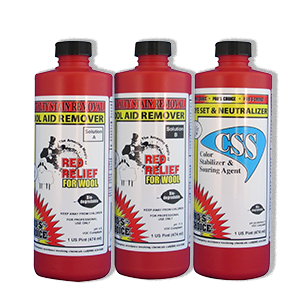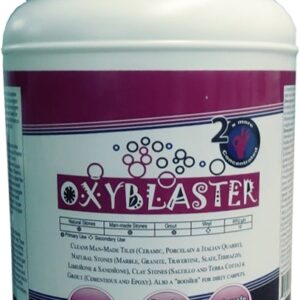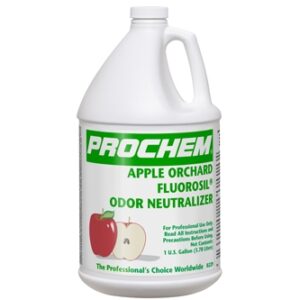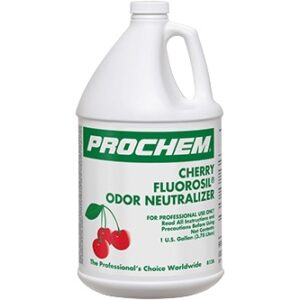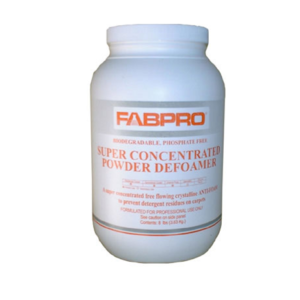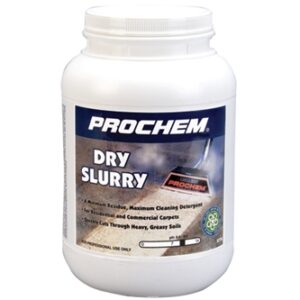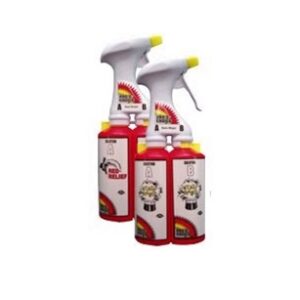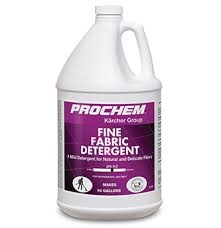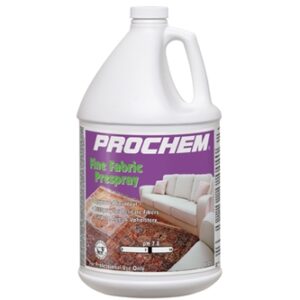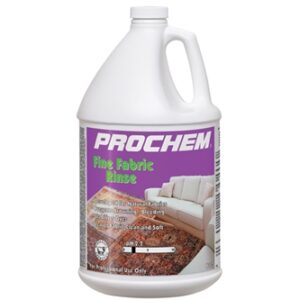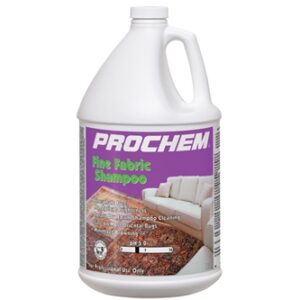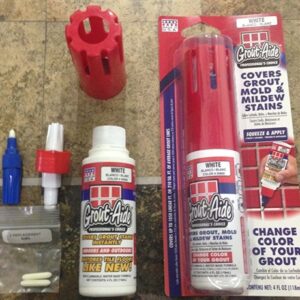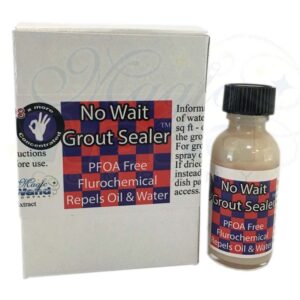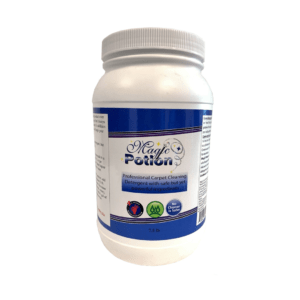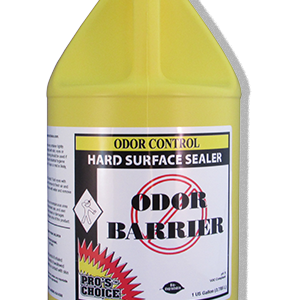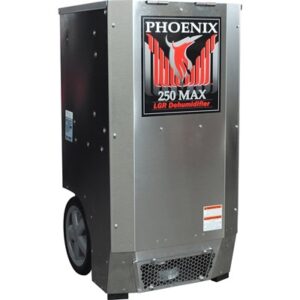How Chemistry applies to Carpet Cleaning?
By Taf Baig
IICRC Approved Instructor & Master Textile Cleaner
So, you’ve decided that you want to learn about carpet cleaning chemicals. Understand this chart and you will understand how chemistry applies to carpet cleaning, so you can understand professional carpet cleaning chemicals.
[read more]
Typically, three things happen to the carpet after it leaves the factory in pristine condition.
Soil – comprised of dirt, dust, hair and similar particles.
Spot – anything that is sitting there, but also bonding (stuck) to the fibers.
Stain – something that has changed the color of the fiber.
Soil is the easiest to deal with. It can be removed by vacuuming the carpet thoroughly. Vacuuming removes up to 79% of the soil in the carpet, according to the Institute of Inspection, Cleaning & Restoration (IICRC).
Professional carpet cleaning chemicals
Spot can be water-based and oil-based. Water-based spots can be removed by a surfactant, soap. 10% of the spots found in the carpet are water-based according to the IICRC.
The rest are oil-based spots and they are also 10% and these can be best removed with petroleum-based dry solvents or plant-based dry solvents, like citrus solvents, Delimonene.
The above adds up to 99% of what is found in the carpeting after it leaves the factory in pristine condition – 79% vacuum, 10% water-based, 10% solvent-based.
This leaves us with 1% that are considered stains. 80% of the 1% are organic. Organic stains are natural stains let’s say that stains that are “God made”. For these stains, when you add oxygen, you add a missing molecule that makes the spot disappear. Good professional carpet cleaning chemicals should have all the above. If they have these and have the right percentage of each, then 99.8% of what is in the carpet will come out just from your pre-spray alone.
After the above, what is left behind is 0.2%. Half of these, 0.1%, are synthetic dye stains, like Kool-Aid, and the other half, 0.1% are “caked-on” oil-based stains that your pre-spray just didn’t have enough dry solvent (or organic solvent) in it to completely remove them.
The best carpet cleaning solution
So, for the 0.1% that are synthetic dye stains, they can be removed by using a product that removes oxygen – a reducing agent. Red Relief is an example of a name brand that you may be familiar with it.
Finally, the 0.1% that are solvent-based can be removed by using a non-volatile solvent. The non-volatile solvent removes the residue on the carpet, but it does not evaporate – it stays there on the carpet. This causes it to attract new dirt. Therefore, you will need another product, a volatile solvent, to remove the residue of the non-volatile from the carpet. An example of a name brand of a product that contains both these ingredients is Citra-pure Gel.
Professional carpet cleaning solutions when made correctly, reduce the user’s time by removing even stains that normally require “hands and knees” manual labor.
[/read]











